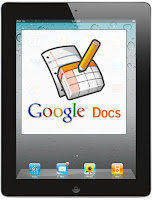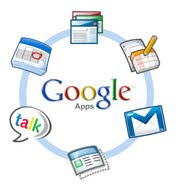Although I’ve mentioned it in the past, I want to do a quick review of Dropbox, a “cloud network file system” for all your devices. Although I had Dropbox installed for a while, the power of it really didn’t hit me until I talked about it with my friend Bill and using my new iPad. I realized how it could solve several problems and truly further my goals for living in the cloud (compute wise that is). If you need to share files between multiple PCs, phone, tablets (yours or with other people), this is the way to go. You get all of this, wait for it..., for free. You can sign-up for Dropbox for free and receive 2GB of space.
After the break, I’ll explian more about what it is, some of the key features, and a few use cases to demonstrate the benefits.



